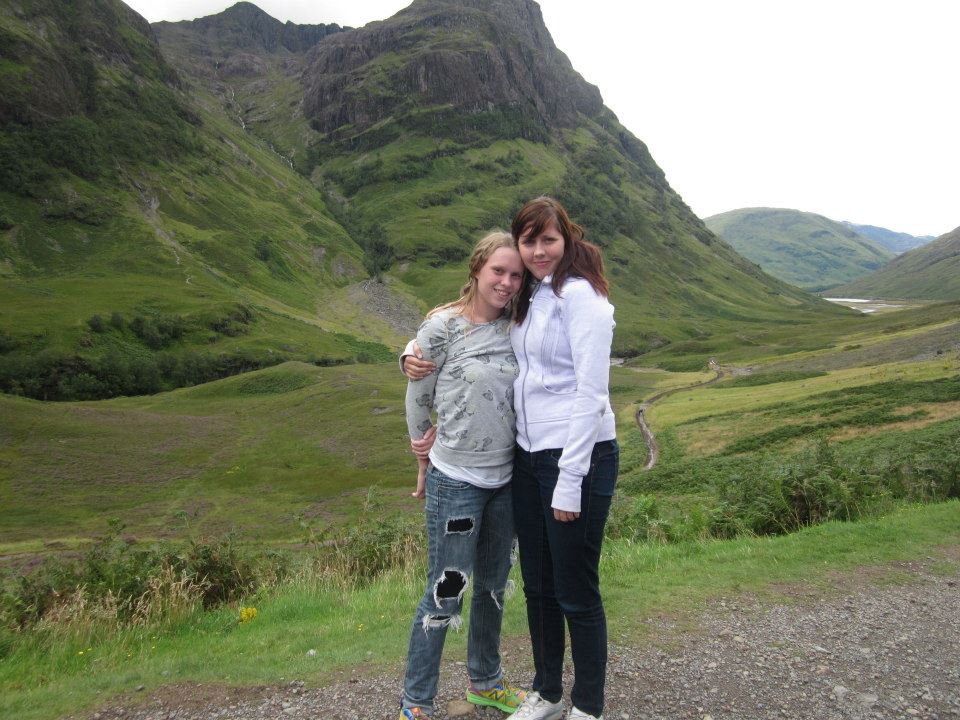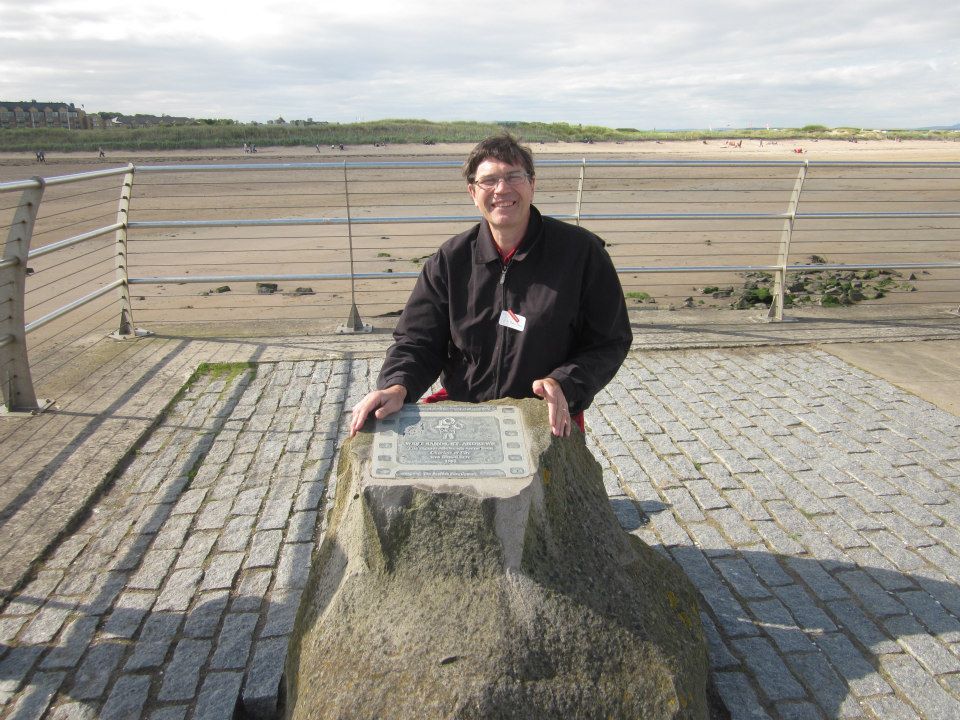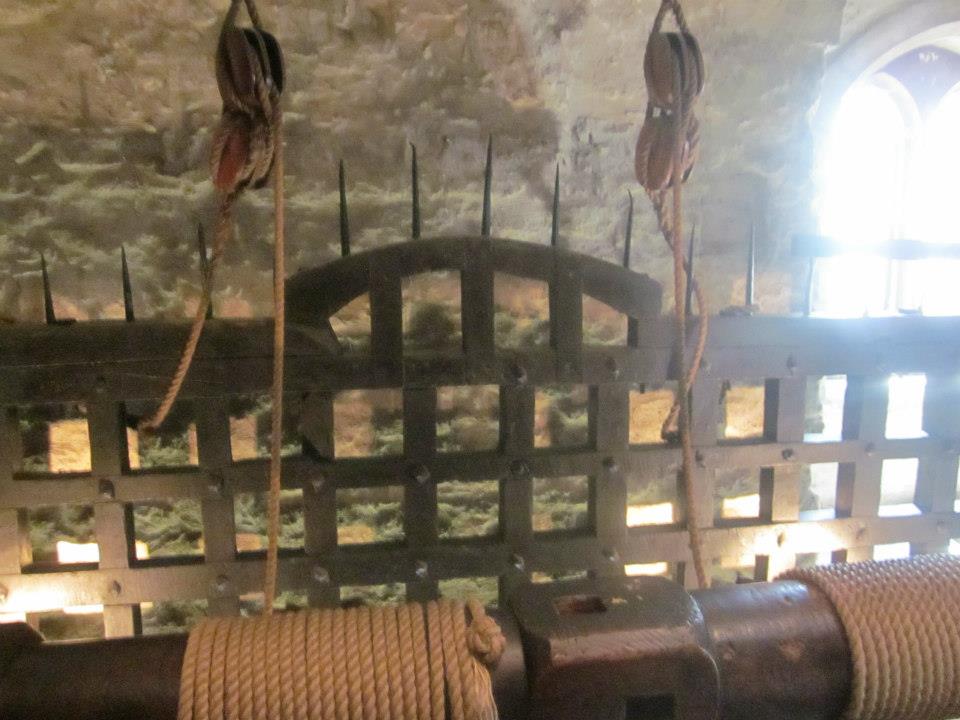My mother once told me, in her practical wisdom, that most of life consists of day to day living. She said that life has its mountain top experiences, but these are the exception, not the norm. Of course, she was right. Our days and weeks, months and years consist largely of the small pleasures of our normal routine. However, once in a while, something so fresh and unexpected comes along, that our outlook is never quite the same afterwards. This was my experience visiting Scotland for the first time.
When Elizabeth I ruled England, one of the biggest uncertainties was her future successor. She died in 1603, without a child of her own, and the crown was handedto King James VI of Scotland. In 1707, the Act of Union created Great Britain, consisting of England, Scotland and Wales. The Scots had always had a strong sense of their own nationality. In the time of Roman Britain, the Emperor Hadrian was unable to occupy Scotland and instead built Hadrian’s wall, to keep the Celts out of British territory. Heroes such as Braveheart and Bonnie Prince Charlie fought for their country, hoping to free Scotland from outside interference. Even now, Scotland has its own currency, the Gaelic language, and a unique culture. A referendum has even been set for September 18, 2014, to ask the question, “Should Scotland be an independent country?”
During our first day in Scotland, we sailed down Loch Lomond, admired the breathtaking scenery, sipped complementary tea and listened to the stories of a Scottish tour guide. Later, while my family went up the side of Ben Nevis in a cable car, I remained sensibly on the ground, browsed through some local stores in Fort William, and compared the products to what we sold at the department store I worked at in Canada. That evening, at our hotel in Newtonmore, a Highlander, dressed in full regalia, played the bagpipes and in a short ceremony artfully presented the haggis, a dish made of sheep’s liver or intestines. The next day, we toured Blair Castle, built in 1269. Our guide told us that Queen Victoria and Prince Andrew had once visited the castle and gifted the presiding duke with his own private army. For lunch, we stopped at St. Andrew’s, which has as at least three claims to fame, as a well known golfer’s paradise, the city where Prince William went to university, and the setting for the opening and closing scenes of Chariots of Fire. In the evening, after a meal of salmon and potato chowder, I had a conversation with a charming Scotsman who very obligingly explained to me the different parts of his costume.
In the morning, we drove to Edinburgh, took a tour of The Royal Mile and Princess Street, and enjoyed some free time to explore on our own. At the Writers’ Museum at Lady Stair’s House, we saw displays on three famous Scottish authors: Robert Burns, Robert Louis Stevenson and Sir Walter Scott. Robert Burns, my daughter Hannah’s favourite poet, has remained so famous that many people still celebrate Robbie Burns Day each year on January 25th. Burns’ poem, Auld Lang Syne (“for old time’s sake”) is often used to usher in the new year.
While my family lingered over lunch, I walked up the street and forced my way through a very heavy door into a gift shop on the lower level of St. Gile’s Cathedral. Since many of the cathedrals in the UK charge admittance, I was pleased to discover that St. Gile’s did not. I ran back to encourage my dawdling family to finish lunch, so we could tour the cathedral together. Inside the cathedral was a statue of John Knox, a famous Calvinist preacher, who once graced the pulpit of St. Giles and preached a reformist message of salvation through grace. He had a particular antipathy towards the beliefs and practices of Mary Queen of Scots and is credited as an instrumental player in the development of the Protestant Reformation in Scotland. At the John Knox house, we saw some fascinating manuscripts and descriptions of his life and work.
Hannah and I went off look through some stores and were drawn into a little shop with the unusual name, The Tappit Hen. When I asked the saleslady what the name meant, she said that it referred to a type of drinking mug and showed me where it was located in the store window. The shop also sold Celtic jewelry and an intriguing item called a quaich, a two -handled cup which is presented as a friendship gift on special occasions.
On the bus, our tour guide played the Scottish song, “Loch Lomond” and for weeks afterwards, its haunting tune played in my mind. We drove through the Scottish highlands, saw the heather on the hills and the cows called “hairy coos” roaming the fields. Perhaps it was the romantic story of the lovers in “Loch Lomond,” the beauty of the landscape, my love for my husband who sat beside me on the bus or the brogue and friendliness of the Scottish people. Perhaps it was because Scotland caught me off guard, a place I had always thought would be interesting to visit but had never dreamed of, as I had England. Whatever it was, my unexpected love affair with Scotland is something I will never forget and never recover from.


